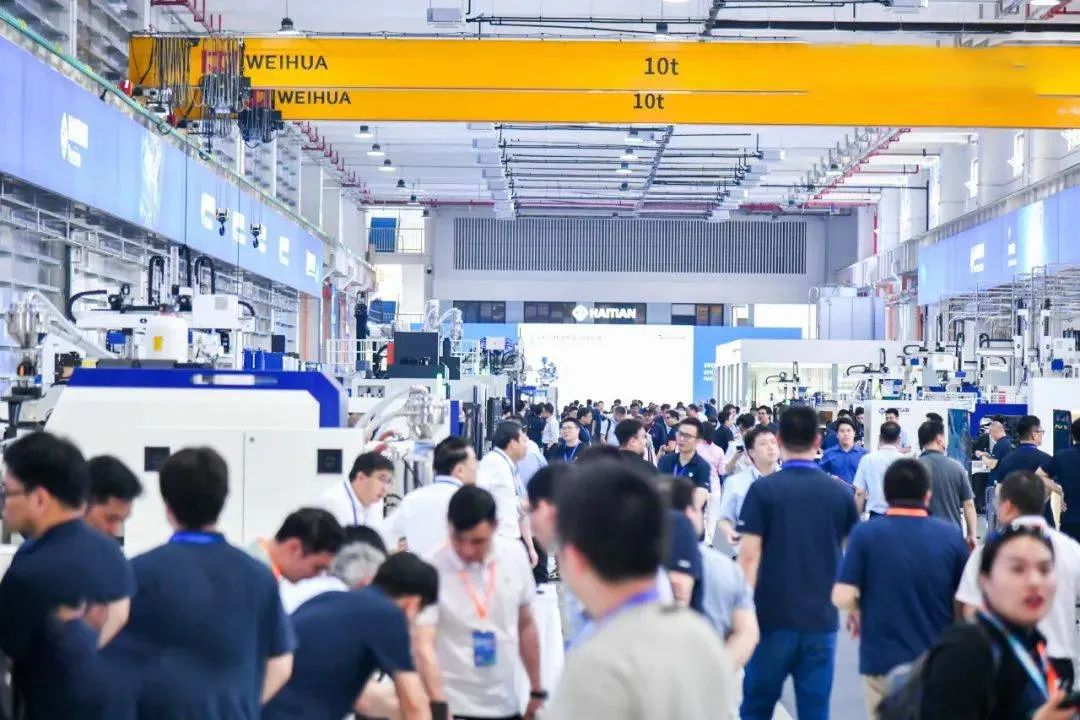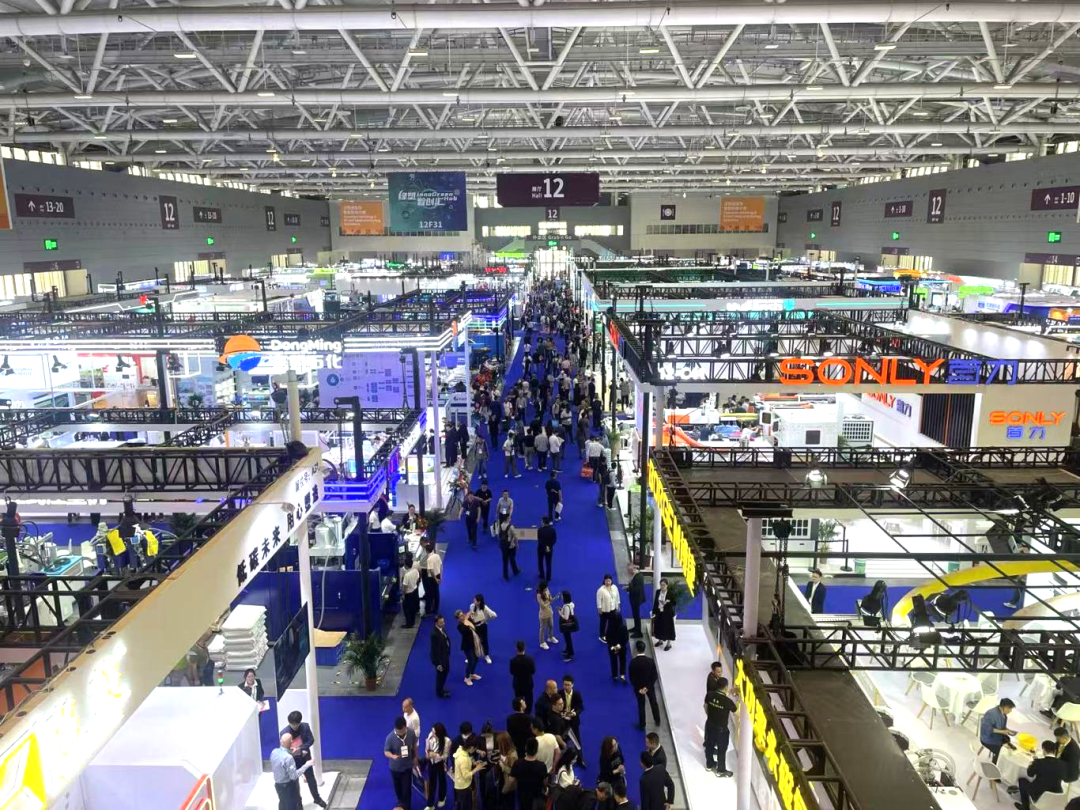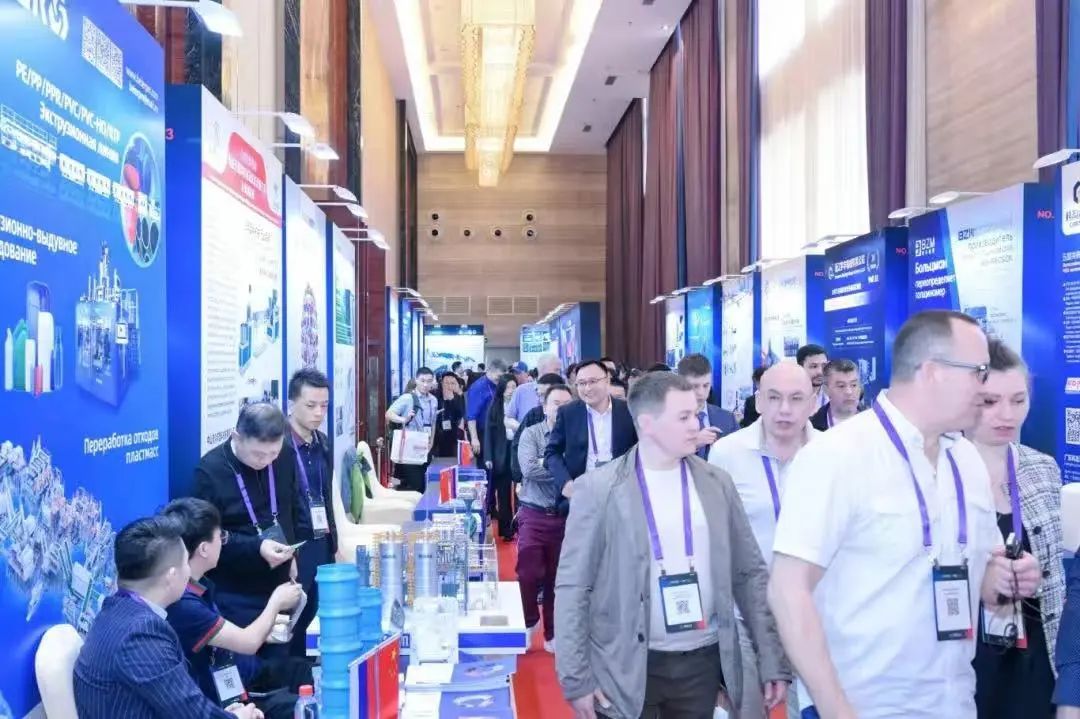China Plastic Machinery Exports: From Expansion in Quantity to Leap in Quality
From January to May, the import and export data of China's plastics and rubber machinery have been released, presenting an encouraging picture. The total import and export value reached 5.118 billion USD, a year-on-year increase of 8%; among them, the export value was 4.008 billion USD, up 22% year-on-year, with a trade surplus of 2.899 billion USD, soaring 59% year-on-year. Behind these figures lies the strength of China's manufacturing industry.

A detailed analysis of export data reveals a significant change in the increase of product unit prices. Taking injection molding machines as an example, the average export price reached $43,200 per unit. Although this is still lower than the import price of $81,500 per unit, the export value grew by 29%, far exceeding the 25% decline in export volume. Despite the decrease in quantity, the total value increased, fully indicating that domestically produced injection molding machines are gradually moving away from the low-price competition model.

Similarly, while the export volume of extruders decreased by 9.7%, the export value grew by 16%. The export volume of extrusion blow molding machines dropped by 46%, yet the export value increased by 16%. These phenomena of "decreasing volume but increasing price" reveal that China's plastics machinery industry is undergoing a structural transformation from scale expansion to quality and efficiency. This shift is not accidental, but rather the inevitable result of Chinese enterprises continuously increasing R&D investment and enhancing the technological content of their products.

The distribution data of export markets is equally thought-provoking. China’s plastic machinery exports reach 199 countries and regions, with the top ten markets accounting for 57%, demonstrating a global layout that is both focused and broadly covered. Among the three major export markets—Vietnam, India, and the United States—exports to Vietnam increased by 55%, to India by 33%, while exports to the United States decreased by 3.7%.
It is particularly noteworthy that exports to Indonesia surged by 88%, and exports to emerging markets such as Cambodia and Turkey have entered the top ten, indicating that Chinese plastic machinery enterprises are actively expanding into the "Belt and Road" markets and building a more diversified and resilient international marketing network. This market diversification strategy effectively disperses the risk of relying on a single market and provides a continuous source of growth momentum for China's plastic machinery exports.
However, the data also reveals challenges that cannot be ignored. The export quantity of plastic pelletizers plummeted by 89%, and the export value decreased by 16%, forming a stark contrast with other categories. Meanwhile, the import unit price of high-end equipment such as plastic pelletizers reached as high as $2.5153 million per unit, far exceeding the price of exported equipment, indicating that China still has a significant gap in the high-end plastic machinery sector. Among the import sources, Germany, Japan, and Italy collectively accounted for 77%, showing that these three traditional machinery manufacturing powerhouses still firmly hold the discourse power in the high-end market.

The structural contradiction of "insufficient high-end capacity and excessive low-end supply" is precisely the bottleneck that China's plastics machinery industry must overcome. The key to future competition lies in whether breakthroughs can be achieved in core technological areas such as precision control, energy conservation and environmental protection, and intelligent automation. This requires the concerted efforts of enterprises, research institutions, and the government to jointly promote the industry's advancement up the high end of the value chain.
China's plastic machinery exports have transitioned from a simple phase of quantity growth to a new development stage focused on quality, brand, and service. Analysis suggests that Chinese plastic machinery enterprises need to consolidate their traditional advantages while accelerating technological innovation, cultivating independent brands, and building a global service system. Only in this way can they achieve a fundamental transformation from a "major plastic machinery manufacturer" to a "strong plastic machinery innovator," thereby securing a more advantageous position in the global industrial chain.
Although this process is full of challenges, the data has proven that the direction is correct, the path is clear, and the future is promising.
【Copyright and Disclaimer】The above information is collected and organized by PlastMatch. The copyright belongs to the original author. This article is reprinted for the purpose of providing more information, and it does not imply that PlastMatch endorses the views expressed in the article or guarantees its accuracy. If there are any errors in the source attribution or if your legitimate rights have been infringed, please contact us, and we will promptly correct or remove the content. If other media, websites, or individuals use the aforementioned content, they must clearly indicate the original source and origin of the work and assume legal responsibility on their own.
Most Popular
-

List Released! Mexico Announces 50% Tariff On 1,371 China Product Categories
-

Nissan Cuts Production of New Leaf EV in Half Due to Battery Shortage
-

EU Changes ELV Regulation Again: Recycled Plastic Content Dispute and Exclusion of Bio-Based Plastics
-

Clariant Unveils Cost-Cutting Plan Details, Plans to Shut Down Multiple Plants
-

Mexico officially imposes tariffs on 1,400 chinese products, with rates up to 50%






